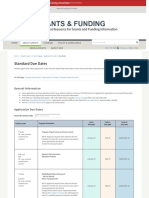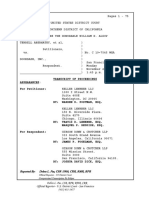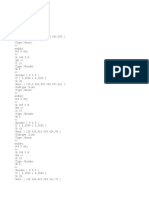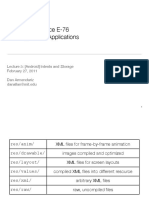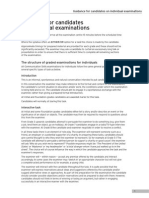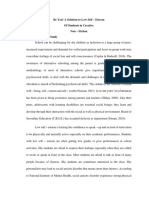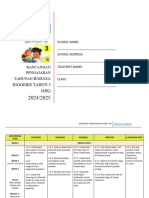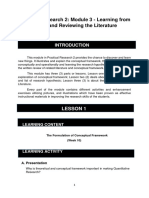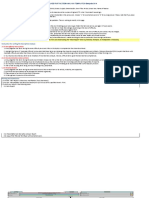0% found this document useful (0 votes)
337 views10 pagesGreedy Method
The document describes the greedy method algorithm design technique. It works by making locally optimal choices at each step to arrive at a global optimum. It is best applied to problems with the greedy-choice property, where a globally optimal solution can be built from a series of local improvements. Examples discussed include the fractional knapsack problem, where items are selected in order of highest value per weight ratio, and task scheduling, where tasks are assigned to machines based on earliest start time to minimize the number of machines needed.
Uploaded by
Anonymous s3TzBvwS1Copyright
© © All Rights Reserved
We take content rights seriously. If you suspect this is your content, claim it here.
Available Formats
Download as PDF, TXT or read online on Scribd
0% found this document useful (0 votes)
337 views10 pagesGreedy Method
The document describes the greedy method algorithm design technique. It works by making locally optimal choices at each step to arrive at a global optimum. It is best applied to problems with the greedy-choice property, where a globally optimal solution can be built from a series of local improvements. Examples discussed include the fractional knapsack problem, where items are selected in order of highest value per weight ratio, and task scheduling, where tasks are assigned to machines based on earliest start time to minimize the number of machines needed.
Uploaded by
Anonymous s3TzBvwS1Copyright
© © All Rights Reserved
We take content rights seriously. If you suspect this is your content, claim it here.
Available Formats
Download as PDF, TXT or read online on Scribd
/ 10





